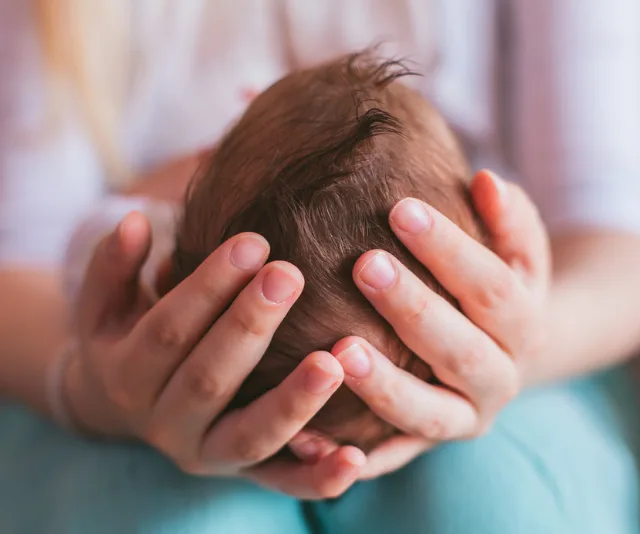It’s nothing new to hear that you body will be a little different after pregnancy and giving birth.
But while breast, waist and weight changes are hot topics at your mothers morning tea, what about postpartum periods? Postpartum what?!
Oh yeah, that thing you used to get monthly. Your period. It will return. And you need to be ready for it.
The ladies at Lunette Australia have some answers to those postpartum period questions and of course menstrual cups.
Will I bleed right away after giving birth?
Yes you will! But the amount varies greatly depending on the birth (c-section or vaginal).
During pregnancy the blood volume in our bodies can rise by up to 50 percent. When the placenta comes away after the birth there will be open blood vessels that will bleed into the uterus.
The afterbirth cramping that often follows is your uterus contracting, which helps to close off those blood vessels. So initially you may have a bright red blood loss for a few days, that eventually changes to a watery pinkish loss and then a very light yellowish white loss. It is not all blood so don’t panic! It includes other tissues and fluids that helped grow your baby that your body doesn’t need anymore!
The amount and length of time that postpartum bleeding varies but generally lasts around 2-4 weeks.
READ NEXT: Pads, tampons or menstrual cups: Which is best?

Postpartum bleeding is normal and should be expected. Image: Getty.
How should I manage postpartum bleeding?
Do not insert anything! Sustainably speaking, postpartum bleeding is best managed by cloth pads or period underpants. Simply rinse them under a tap, and soak in a container of cold water.
If you’re using modern cloth nappies you can pop everything in together.
Alternatively there are biodegradable disposable pads too.
Remember that it’s totally normal to bleed postpartum. And this will vary from baby to baby. Susan from Lunette NZ recalls that her bleeding lasted 17 days with her first baby, and 15 days with her second.
WATCH: Rochelle Courtenay talks about Share The Dignity. Continues after video …
I won’t get my period while I’m breastfeeding, right?
We’d love to say “yes, you’ll be period-free while you breastfeed!”. But alas, …everyone is different.
“My period returned 6-weeks post birth,” says Carol from Lunette Australia, “I’d just finished my postpartum bleeding and was looking forward to getting back in the pool when shark week paid a visit!”.
Breastfeeding is the biggest factor in determining when you’ll get your period next due to prolactin, the hormone responsible for breast-milk production, which is supposed to stop ovulation. Luckily for the majority of people periods are certainly delayed a few months by frequent breastfeeding.
Once solids are introduced and breast feeds are less, you may find your periods returning.

Breastfeeding does not necessarily mean you won’t get a period. Image: Getty.
Can I use a menstrual cup during my postpartum bleeding or period?
We don’t recommend using a menstrual cup, or any internal sanitary item (tampons, sea sponges), for the postnatal bleeding phase because of inflammation and irritation risk.
Please wait until your postpartum doctor appointment and ask for their opinion to see if your cervix is fully closed and any bruising, abrasions or tears are healed. If they give you the green light then you’ll be ready to use your cup again!
If I used a menstrual cup before birth, will I need a different size after birth?
In most cases, no.
Most people assume that if they’ve had a vaginal childbirth then they’ll automatically have to change to a larger cup.
This is not always so. A quick way to see if your cup will still sit nicely is by checking your cervix length! If when you insert a finger you can find your cervix around your first knuckle then a smaller cup is perfect – your cervix is sitting long/low and not suited to the larger cup.
If your cervix is above the 1st knuckle and quite high up you’ll be fine with the larger cup.

Knowing which size cup to use postpartum is easier than you think.Image: Lunette Australia
“I started with a larger cup before children but after the birth my cervix sat low and never returned to its high position so I switched to a smaller cup, which was much more comfortable” says Elizabeth from Lunette Australia.
“It still gave me up to 12-hours of super convenient play time between emptying!”.
With your new little bundle, who wants to spend time in the bathroom when a menstrual cup gives you more time to focus on things that are important to you.

.png?resize=380%2C285)
